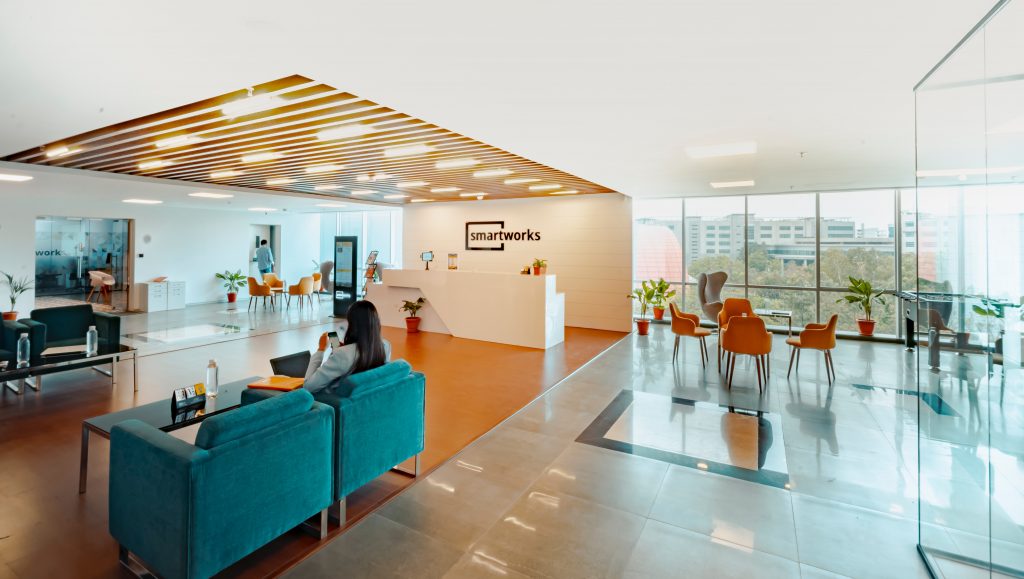Is there such thing as too much acoustics?

Yes, it’s possible to have too much acoustic treatment in an office meeting room. While some acoustic treatment is essential to reduce noise and create a comfortable environment, excessive treatment can lead to an overly dead or unnatural acoustic space, making communication difficult. Striking a balance is key, and the ideal level of acoustic treatment depends on the room’s size, purpose, and existing acoustics.
So how do I address this, if this is the case?
Addressing the acoustics in a room involves optimizing its sound quality for its intended purpose. Here are some steps to address room acoustics:
- Identify the Purpose: Take a look from the outside and try to determine the room’s primary function. Maybe you’re using it for an office meeting space, or is it for video conferences and presentations, or maybe its for recording. This way you can understand the acoustic requirements of the space. Contrary to popular belief, it is not necessary to always fill the room completely with acoustics in order for it to work. We always need to find the right balance in each space, therefore identifying the purpose is important.
- Assess Current Acoustics: Analyze the existing acoustic conditions in the room. Is there too much reverberation? Or maybe you are getting disturbed by outside noise? Is there too much echo? With different conditions, there are different ways to address it. For example, if your space consist of a centralized air conditioning system, you might want to check if the partitioning of the offices reach right to the top of the concrete slabs. Think of that room as an aquarium. If there are gaps, water would flow in or out, right? Sound works the same. So closing the gaps are important to ensure the sound is contained.
- Acoustic Treatment: Implement appropriate acoustic treatments. Sometimes what works for another room, might not work for this room. Acoustic treatment also has a range of densities and specifications to suit the rooms. Acoustic treatment can come from various sound-absorbing materials to balance sound reflections and reduce unwanted noise.
- Positioning: The placement of the acoustic treatments are also important. Placing acoustic treatments strategically within the space, considering the room’s layout and the source of sound, will help to optimize the function of the acoustics. Focus on areas where sound control is critical.
- Furniture and Layout: Every room consist of furniture. You may have that office seat or sofa in your space. Don’t forget that it can also work to your advantage. Fabric sofas can be absorptive, so can heavy curtains. Use the furniture and room layout to your advantage.
- Flooring: We can understand that sometimes, the concern of cleaning can arise, and one can never get the best of both worlds. But in acoustics, choosing an appropriate flooring material helps to control sound. Carpeting can reduce noise, while hard surfaces can lead to more reflection. The other option that can be considered is vinyl rubber flooring. This helps with dampening but it doesn’t work as well as carpets, in term of absorption.
- Technology: In some cases, technology like sound masking or noise-cancelling systems are used to further improve the acoustic environment. For example, we all know that airplanes are very loud. But when you sit in the airport boarding area, you can’t hear the airplane, can you? That is because, the sound is masked. Think of it as two sounds being at the same level, thus canceling each other out.
- Test and Adjust: After making changes, test the room’s acoustics to ensure they meet your needs. Adjust the treatment as necessary.
- Expert Consultation: You can always find an acoustics consultant like ourselves, to help you through this. We are always here to provide more advice to you. We undertake your noise concerns and help you solve them.
Remember that the right balance of acoustic treatment can greatly enhance the comfort and functionality of a room while addressing specific acoustical issues.
0 Comments